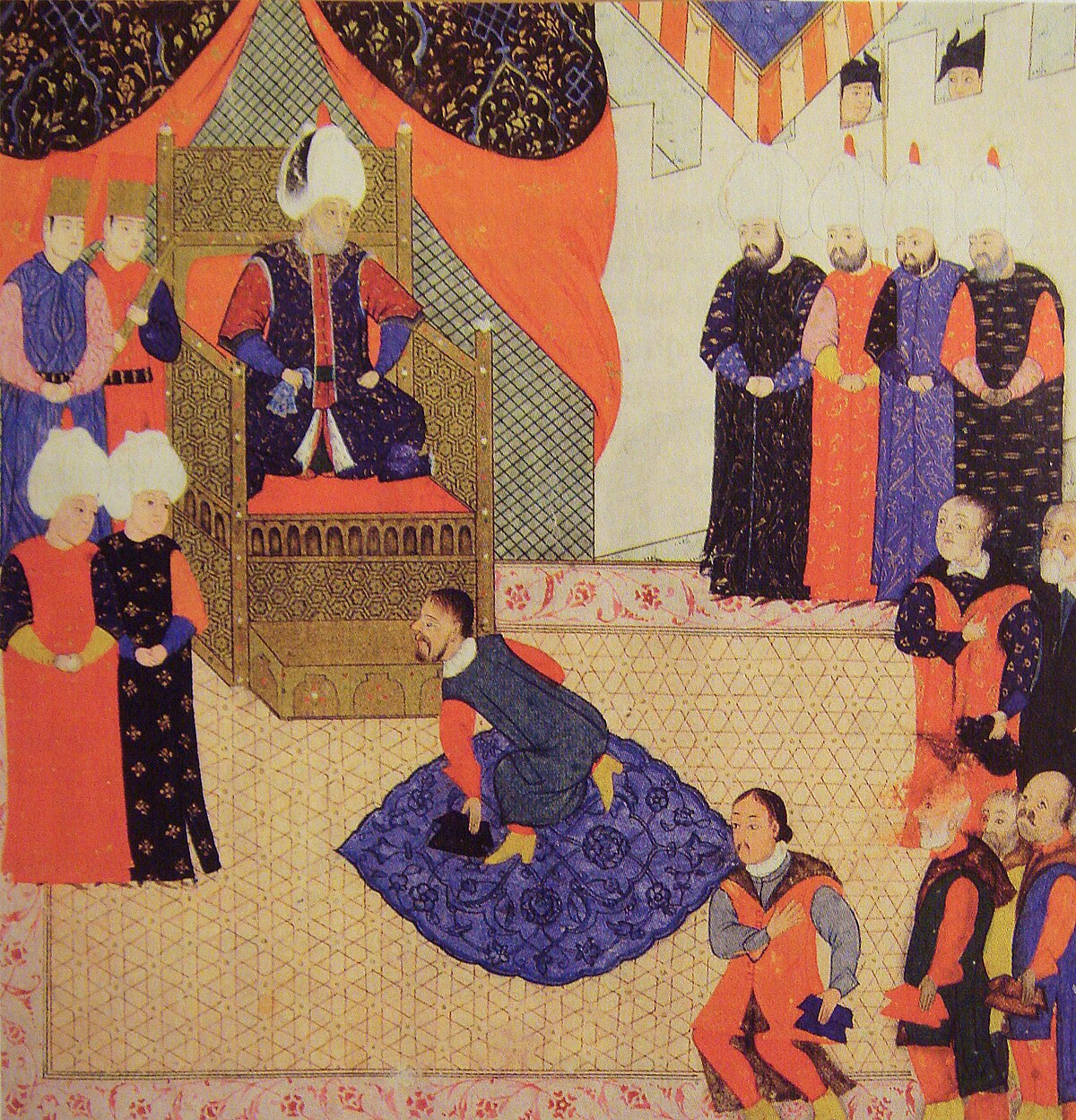
Principality of Transylvania
Transylvania, RomaniaWhen the main Hungarian army and King Louis II Jagiello were slain by the Ottomans in the 1526 Battle of Mohács, John Zápolya—voivod of Transylvania, who opposed the succession of Ferdinand of Austria (later Emperor Ferdinand I) to the Hungarian throne—took advantage of his military strength. When John I was elected king of Hungary, another party recognized Ferdinand. In the ensuing struggle Zápolya was supported by Sultan Suleiman I, who (after Zápolya's death in 1540) overran central Hungary to protect Zápolya's son John II. John Zápolya founded the Eastern Hungarian Kingdom (1538–1570), from which the Principality of Transylvania arose. The principality was created after the signing the Treaty of Speyer in 1570 by king John II and emperor Maximiliam II, thus John Sigismund Zápolya, the Eastern Hungarian king became the first prince of Transylvania. According to the treaty, the Principality of Transylvania nominally remained part of the Kingdom of Hungary in the sense of public law. The Treaty of Speyer stressed in a highly significant way that John Sigismund's possessions belonged to the Holy Crown of Hungary and he was not permitted to alienate them.[68]
